
views
NEW YORK: An apple reflected on a lamp. A clock where time seemed to have frozen. Nurses dressed more like astronauts on Mars.
Irene Pressner keeps flashes of her experience after contracting the coronavirus. The conceptual artist and photographer from Venezuela was close to death in New York City. After suffering severe pain and fainting a few times, she was finally admitted to a hospital. A few days after her hospitalization, her husband was also admitted. Only she survived.
Now in recovery and mourning, the artist continues experimenting to see how the virus changes her art. But in her case she knows it wont be dark: My works have light, but now will also have the burden of what I lived.
Affected by the pandemic, many visual artists are taking refuge in their work in search of sense and solace. Some have suffered the horror, the sickness and the loss firsthand. Others, are channeling their anguish and their fear, their feelings of loneliness.
Pressner has tried to make some sense of the whole thing. Art, like many other times in her life, is helping her to heal. First she took on photography. Then came painting, with subjects including an apple reflected on a lamp of her apartment the first thing she saw when she opened her eyes once after fainting. More recently she created a series of angels in tribute to those angels of flesh and bone who came to support her.
Pressner said the art she is making now may not be representative of her career, but it’s what is coming out in this period of self-discovery. She notes a series of photographs she did shortly before she got sick, We Are Not Islands, gained new meaning during her isolation.
The other works are transitional, like I have not found myself yet, said the artist, who has been recognized in her home country and the U.S., including at the Museum of Latin American Art in Long Beach, California, where her award-winning Felix is part of the permanent collection.
In Brooklyn, photographer Lara Alcntara dealt with the anxiety of having her husband on the front lines as an anesthesiologist while taking care of her house and her two daughters, 12 and 7 creating a fantasy world in images she publishes almost daily on her Instagram account.
They are carefully staged self-portraits. Some reflect her fatigue humorously: She appears stuck in a washing machine, ironing her head or buried in a pile of toys. Others show her passion for fashion in one image she hangs from a hanger between the clothes in her closet or art and literature, with nods to the Girl with a Pearl Earring, The Last Supper and The Little Prince.
Photography has usually been the way that I express any distress, anything that is going on in my life, and I think that now it was extra important for me to go out to this creative world that I invented, said Alcntara, a Venezuelan in New York who also works in public relations and as an actor.
The escape of photography was completely necessary, she emphasized, noting that the news, and the stories that her husband would bring home overwhelmed her.
Lately she has taken her art outdoors. In an composition created at the beginning of August at a beach in Florida, four different images of her surround some sort of grave made out of seaweed. The title is The Rebirth of the Artist Within.
I feel that many people realized that time is very valuable, but that we don’t always use it to achieve our happiness. I feel that I found myself in this process and I hope to have inspired others do the same, she said.
Not far from her house in Brooklyn, Brazilian painter Flvia Berindoague was having a productive period as well, albeit more lonely. The artist, who teaches in public schools, suffered from anxiety the first week in quarantine and soon realized she had to rethink her relationship with her space. Suddenly this place became my working space and I needed to refigure it and find a new way to enjoy it, said Berindoague.
Her first works were drawings with repetitive strokes in which she imagined herself writing letters to her loved ones. They were very anxious drawings, automatic drawings that she called Taciturn Writings. With more time on her hands, she also resumed painting, creating abstract pieces in acrylic over canvas that resembled maps, using only dots and lines.
Among other pieces she created is a series titled Geographical Distancing, representing the impossibility of being close to her family at the moment in Belo Horizonte, Brazil, where she was born. She also made a Blood Map, inspired in the death of George Floyd.
The concept of the work is similar to what she had been doing before. “But the way I was applying it was more based on personal experience, she explained. Previously I was more interested in the collective memory of events happening in the world and mostly in Brazil. After COVID, I was more focused on myself, in how I was dealing with the experience.
Peruvian artist Fernando Otero not only has seen his production pick up but also his sales, something he attributes to his new relationship with space.
There has been a reappreciation of the domestic space, he said from Lima, Peru. Art lovers want this lock-up to stop being a lock-up and be a pleasant cohabitation or domestic experience with an object to accompany them, to talk to them a little.
While before the pandemic Otero, a multidisciplinary artist, was going through a period dedicated to abstract symbols or geometric painting, the works that flourished during his confinement have been much more specific: A coffee pot. A balloon. Objects that surround us.
Curiously, the objects that I am painting now are containers. After us being so contained and for so long, they are all black containers, said Otero.
___
Follow Sigal Ratner-Arias on Twitter at https://twitter.com/sigalratner.










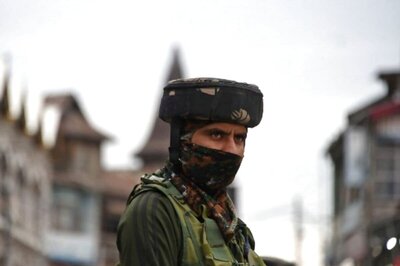
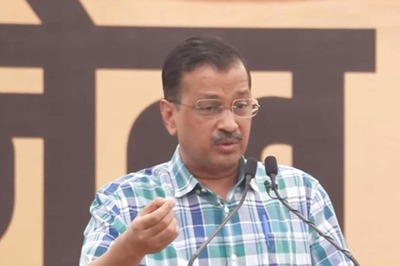
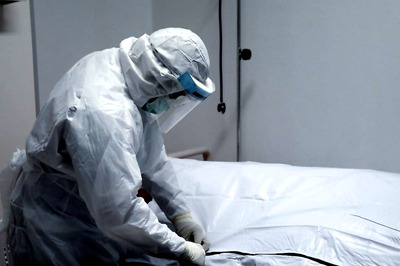


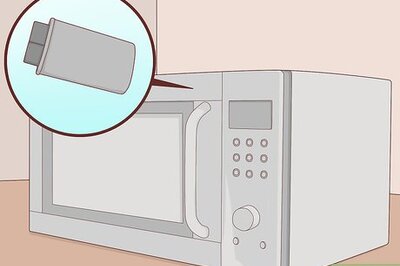



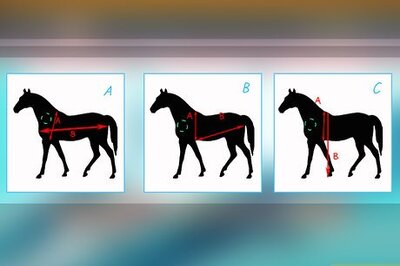
Comments
0 comment